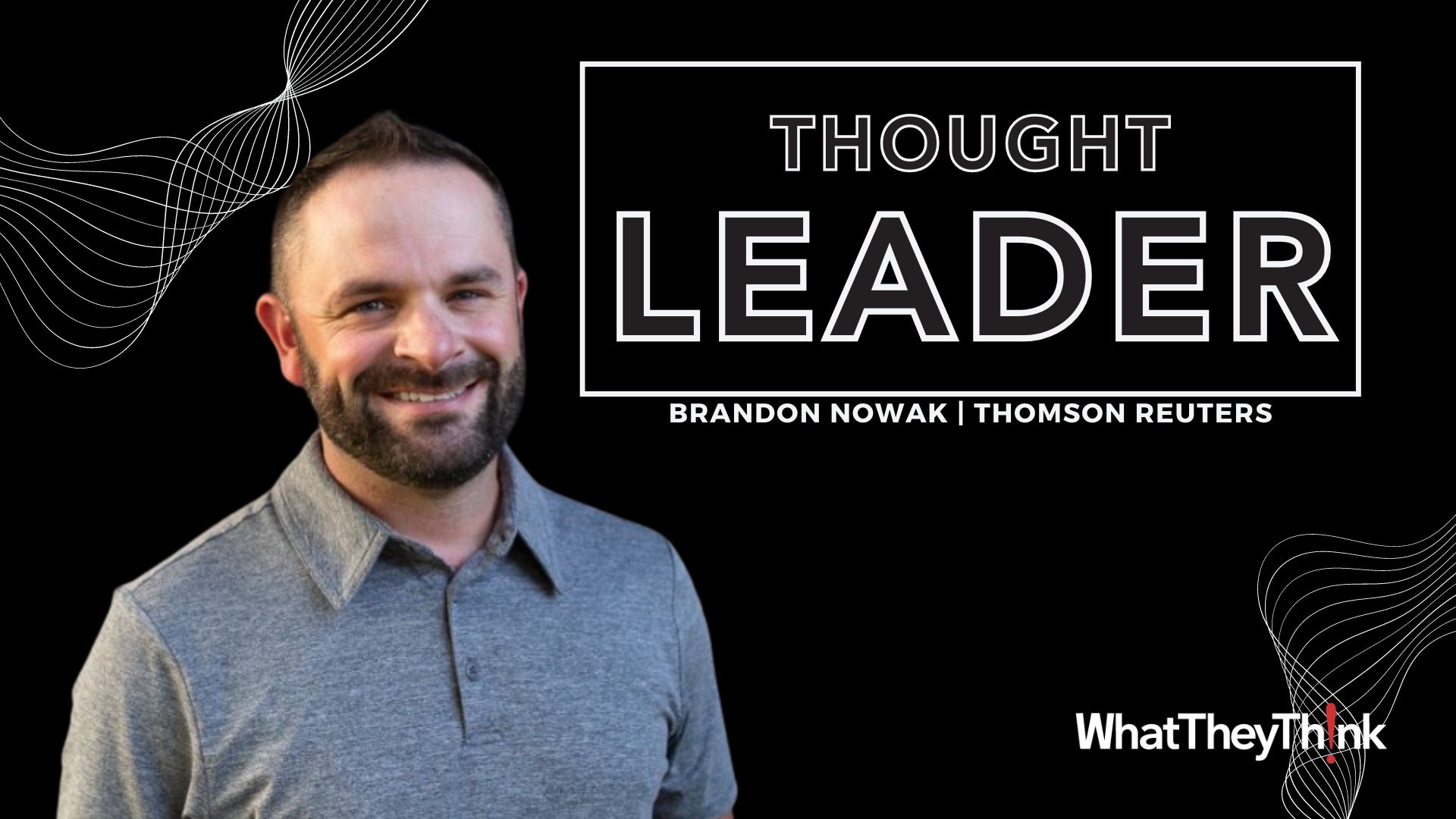TOPPAN and Dai Nippon Toryo Sign Licensing Agreement for Exosome Detection Technique
Press release from the issuing company
Using TOPPAN’s immunochromatography technologies to detect exosomes and contribute to the development of diagnostic pharmaceuticals and preventive medicine
TOPPAN Inc.
Dai Nippon Toryo Co., Ltd.
Tokyo – TOPPAN Inc. (TOPPAN), a TOPPAN Group company and wholly owned subsidiary of TOPPAN Holdings, and Dai Nippon Toryo Co., Ltd. announced that they have executed a patent licensing agreement for the use of TOPPAN’s extracellular vesicle (exosome1) detection technology using immunochromatography.2 The agreement provides a non-exclusive license to use the patent for TOPPAN’s technology in the design, development, fabrication, and sale of DNT’s Exorapid-qIC™ Immunochromatography Kit for Extracellular Vesicles. TOPPAN hopes the use of its technology will contribute to advancing techniques for early diagnosis and preventive medicine.
DNT will exhibit Exorapid-qIC™ for the first time at a booth at the 10th Academic Meeting of the Japanese Society for Extracellular Vesicles, which will be held on October 23 and 24.
Background
Cancer continues to be the leading cause of death in Japan, and in recent years, greater importance has been placed on cancer prevention as well as on early testing and diagnosis. It has been discovered that exosomes, a type of extracellular vesicle generated and released by human cells, contain information about the cells from which they originate, and that they are present in blood, urine, and many other body fluids. There are now high expectations for the development of simple testing technologies that detect exosomes in body fluids to support early diagnosis of cancer, dementia, and other diseases.
In addressing this, TOPPAN has applied its liquid biopsy3 exosome detection method to develop an exosome detection technology using immunochromatography. TOPPAN is providing its immunochromatography exosome detection technology for DNT to use in the design, development, fabrication, and sale of testing and reagent kits for experiments and research on exosomes.
DNT has its own synthesizing technologies for the fabrication of disk and rod-shaped anisotropic noble metal nanoparticles (gold nanorods and nanoplates, silver nanoplates, etc.) and is working with its partner companies to expand the use of such technologies into the life science field. DNT has been able to combine gold nanoplates with antibodies that bind specific pathogens, and by using TOPPAN’s technology, has developed Exorapid-qIC™.
Future development
Through the use of technology based on the patent, TOPPAN aims to contribute to work by research institutions on next-generation modalities4 for drug discovery using extracellular vesicles, and to drive the development of new detection technologies. TOPPAN will also advance research into new diagnostic technologies for the medical field to satisfy unmet medical needs5.
10th Academic Meeting of the Japanese Society for Extracellular Vesicles
Dates: October 23 and 24, 2023
Venue: Hokkaido University Conference Hall (Sapporo, Hokkaido)
Note: Participants must register by 18:00 Japan time on October 20, 2023.
1. Exosome
A type of extracellular vesicle released by various types of cells. They contain proteins and nucleic acids and hold a large amount of information about the cells in which they originate.
2. Immunochromatography
A technique that harnesses capillary action to allow a liquid to flow through a porous material, making it easier to detect and measure substances in body fluids and other samples. This method is used in test kits for influenza and COVID-19.
3. Liquid biopsy
A process that detects components in blood and other body fluids to obtain information needed in the diagnosis and treatment of specific diseases. Liquid biopsies are less invasive to the human body than normal biopsies due to the use of body fluids.
4. Next-generation modalities
A general term used to describe a class of drugs using mechanisms that differ from conventional modalities and that are used in new treatment methods such as nucleic acid therapy, gene therapy, and cell therapy.
5. Unmet Medical Needs
The medical need for treatments for diseases for which no effective treatment has yet been discovered.
- KYOCERA NIXKA INKJET SYSTEMS (KNIS) INTRODUCES BELHARRA, THE NEW WAVE OF PHOTO PRINTERS
- New RISO Printing Unit Offers Easy Integration for Package Printing
- March 2024 Inkjet Installation Roundup
- Inkjet Integrator Profiles: Integrity Industrial Inkjet
- Revisiting the Samba printhead
- 2024 Inkjet Shopping Guide for Folding Carton Presses
- The Future of AI In Packaging
- Inkjet Integrator Profiles: DJM

WhatTheyThink is the official show daily media partner of drupa 2024. More info about drupa programs
© 2024 WhatTheyThink. All Rights Reserved.









Discussion
Join the discussion Sign In or Become a Member, doing so is simple and free